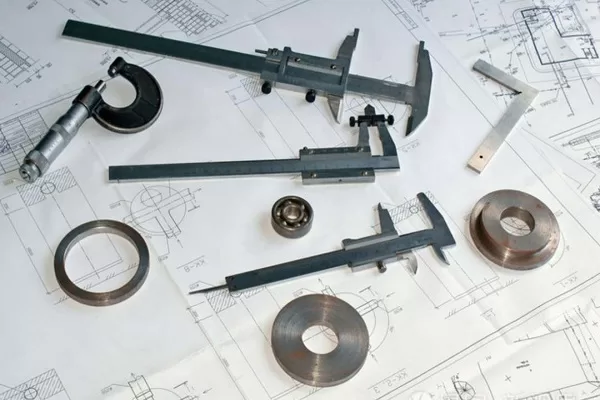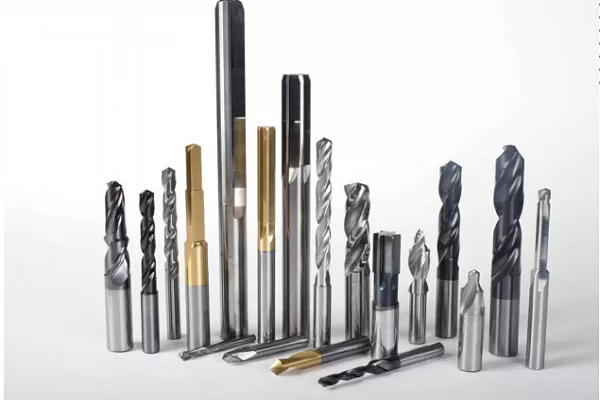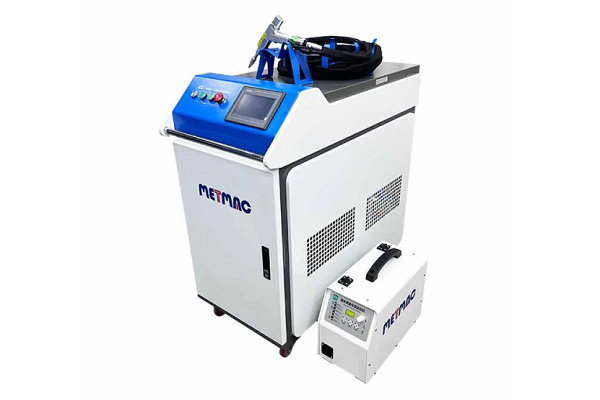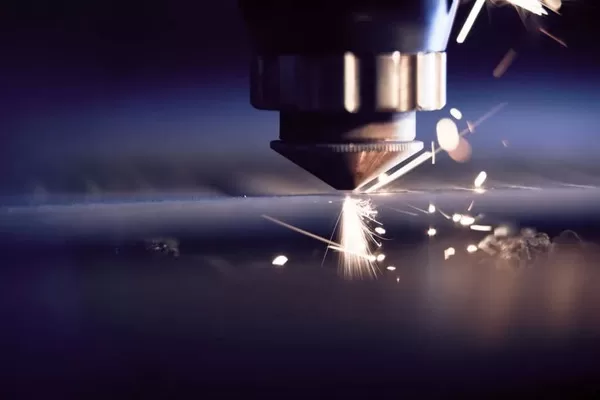
Tips for Selecting the Right Blade for Your Sheet Cutting Machine
- By:Metmac
- 2024-05-11
- 80
Sheet cutting machines are essential tools for various industries, ranging from manufacturing to packaging and printing. Choosing the right blade for your machine is crucial to ensure optimal performance, precision, and longevity. Here are some key factors to consider when selecting the right blade for your sheet cutting machine:
Material Composition
The composition of the blade plays a significant role in its durability and ability to cut different materials. Blades can be made from various materials, including:
– High Carbon Steel: Affordable and suitable for cutting softer materials like paper, cardboard, and thin plastics.
– Alloy Steel: More durable than carbon steel and can cut a wider range of materials, including thicker plastics, leather, and fabric.
– Carbide: The most durable and long-lasting option, ideal for cutting hard materials like metal, ceramics, and composite materials.
Blade Thickness
The thickness of the blade determines its rigidity and cutting depth. Thicker blades are more rigid and can cut thicker materials, while thinner blades are more flexible and suitable for intricate cuts and curves.
– Thin Blades (0.005″ – 0.010″): Ideal for fine and intricate cuts, such as perforating and scoring.
– Medium Blades (0.010″ – 0.025″): Versatile option for general cutting of paper, film, and thin materials.
– Thick Blades (0.025″ and above): Designed for cutting thicker materials like cardboard, plastic sheets, and rubber.
Blade Geometry
The shape and geometry of the blade can affect the cutting performance. Common blade geometries include:
– Straight Blade: General-purpose blade used for basic cutting applications.
– Serrated Blade: Features a scalloped edge, ideal for cutting through fibrous materials like paper and textiles.
– Round Blade: Rotary blade used in circular cutters for precise and high-volume cutting.
– Creasing Blade: Specialized blade with a dull edge designed to crease rather than cut paper or cardboard for folding purposes.
Blade Sharpening and Maintenance
Maintaining the sharpness of the blade is crucial for optimal performance. Consider machines with built-in blade sharpening features or plan for regular manual sharpening. Proper maintenance, including lubrication and cleaning, can extend the life of the blade and prevent premature wear.
Other Considerations
In addition to the above factors, consider the following when selecting a blade:
– Machine Compatibility: Ensure the blade is compatible with your sheet cutting machine’s size and shape.
– Cutting Volume: Higher cutting volumes may require a more durable blade designed for extended use.
– Safety Features: Look for blades with safety features, such as a blade guard or quick-change mechanism for easy and safe blade replacement.
By following these tips, you can select the right blade for your sheet cutting machine that meets your specific requirements, ensures efficient and precise cutting, and extends the lifespan of your machine.
-
The Advantages of Using a Sheet Roll Forming Machine in Manufacturing
2024/09/14 -
How to Optimize Your Laser Sheet Cutting Machine for Maximum Performance
2024/09/12 -
How to Maximize Efficiency with Modern Sheet Metal Working Machines
2024/09/04 -
The Environmental Benefits of Using Duct Board Grooving Machines
2024/09/03
-
Innovations in Steel Strip Slitting Machine Design and Technology
2024/05/11 -
Improving Accuracy in Metal Fabrication with Laser Metal Shear Machines
2024/05/11 -
Latest Technological Advancements in Rectangular Duct Machines
2024/05/11 -
Integrating Automation with Rectangular Duct Machines for Enhanced Productivity
2024/05/11
-
A Guide to the Latest Innovations in Sheet Metal Folding Machines
2024/11/29 -
Key Features to Consider When Investing in a Sheet Metal Folding Machine
2024/11/28 -
Enhancing Precision with Advanced Sheet Metal Folding Machines
2024/11/27 -
How to Choose the Right Sheet Metal Folding Machine for Your Workshop
2024/11/26



